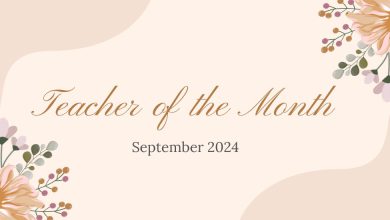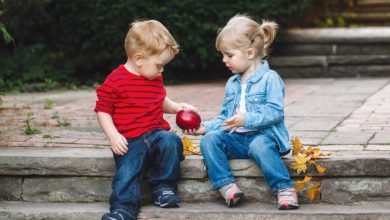Reggio Emilia vs Montessori: What’s the Difference?

Reggio Emilia vs Montessori: What’s the Difference?
Reggio Emilia. Montessori. No, this isn’t the beginning of an Italian restaurant’s diner menu.
Both are the names of educational philosophies, one of which is the guiding light of what we do at Little Sunshine’s Playhouse. (Hint: It’s Reggio Emilia.)
Both have gained a lot of popularity in recent decades, but lots of interested parents have been left confused by what the difference is between the two methodologies. To make it simple, we’ve done the hard work for you and broken down the basics of each.
Divertiti!
What Is the Reggio Emilia Philosophy?
The Reggio Emilia philosophy is the one that Little Sunshine’s Playhouse follows. It has a rich history and legacy, and we’ve seen little lives shaped in beautiful ways because of it. We could talk about it for hours, but here are the basics:
- Children are encouraged to build on their own interests and paths. At the same time, they are furthering their basic skills, such as collaboration, problem-solving, and emotional intelligence.
- Teachers are taught to value students as capable and resilient, no matter their challenges, and to always guide with intention.
The seven principles of Reggio Emilia are:
- Children can construct their own learning.
- Children are collaborators and learn through interaction.
- Children are natural communicators and should be encouraged to express themselves however they feel they can.
- The classroom environment acts as the third teacher.
- Teachers are partners, nurturers, and guides who help facilitate the exploration of children’s interests.
- Documentation is a critical component of communication.
- Parents are partners in education.
If you’re looking for a quick blog post that summarizes key parts and concepts of Reggio Emilia, check this one out.
What Is the Montessori Approach?
According to the American Montessori Society, “Montessori is an education philosophy and practice that fosters rigorous, self-motivated growth for children and adolescents in all areas of their development, with a goal of nurturing each child’s natural desire for knowledge, understanding, and respect.” Every Montessori school follows these core components:
- The class is led by a credentialed Montessori teacher.
- Classes typically have a 3-year age span to facilitate mentorship and encourage leadership development.
- Montessori schools have special curriculum and materials that facilitate hands-on learning.
- Students are given the freedom to self-select work that they find intrinsically motivating and interesting.
- Students work at their own pace without interruption.
The Differences Between Reggio Emilia & Montessori
Montessori schools and Reggio Emilia schools share a lot of similarities, but there are three main differences between them.
- Age span within classrooms: Reggio Emilia is focused on kids in preschool and early elementary school. The Montessori approach stretches from preschool all the way into middle school. Since Reggio schools focus on a more specific stage of a child’s life, the age range of a classroom is narrower. At Little Sunshine’s Playhouse, for example, our classrooms only span 1 year. At a Montessori school, that range is usually 3 years.
- The arts versus academics: Since Reggio Emilia schools are geared more toward preschool-aged kids, they give a lot of attention to the arts. Montessori schools, meanwhile, tend to focus more on academics and emphasize work over play. Reggio Emilia schools love to find long-term, open-ended projects for their students to meander through. Montessori projects tend to be more structured and less open-ended.
- Technology: While Reggio schools actively promote children stepping away from a screen to engage with the world around them, teachers and parents use lots of different kinds of technologies to observe and document the learning process. Montessori schools tend to shy away from technology in general, even in the documentation process.
Similar, But Different
Reggio Emilia and Montessori philosophies could certainly be labeled as compatible. Both methodologies give students lots of agency and freedom, have their own special curriculum, and encourage a lot of interaction between the students, parents, and teachers. However, key differences regarding the age span of students within the classrooms, the focus of the lessons, and how a student’s progress is documented can tip the scales for some parents in either direction.
We take our Reggio Emilia seriously at Little Sunshine’s. If you’re thinking a Reggio Emilia preschool might be what your family is looking for, we have all the information you’ll need if you’re looking for more information.
- Reggio Emilia Philosophy: This one-stop-shop gives you the information you need if you are brand new to Reggio Emilia. The videos are particularly good, if we do say so ourselves.
- Children Are Capable: The first blog post explaining the ins and outs of the Reggio Emilia philosophy.
- Expression & Environment: The second blog post explaining the ins and outs of the Reggio Emilia philosophy.
- Teachers & Parents Teaming Up: The third and final blog post explaining the ins and outs of the Reggio Emilia philosophy.





